Search Images
Browse Content (p. 1647)
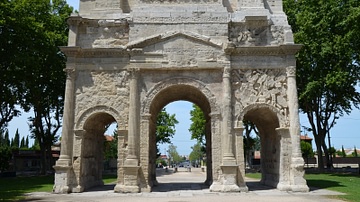
Image
Triumphal Arch of Orange
The Triumphal Arch of Orange (Roman Arausio) was built during the reign of Augustus (27 BCE - 14 CE) on the Via Agrippa to Lyon (Roman Lugdunum).
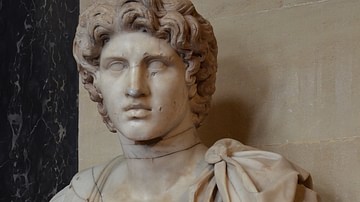
Image
Alexander the Great, Roman Era bust
Roman bust of Alexander the Great, excavated from the ruins of Herculaneum. (Blenheim Palace Oxfordshire, UK)
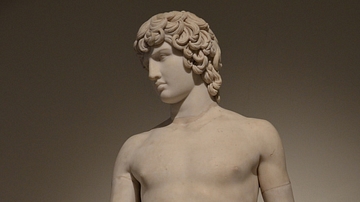
Image
The Antinous Farnese
The Antinous Farnese (named after its one-time owners the Farnese family), 130-138 CE, Naples Archaeological Museum.
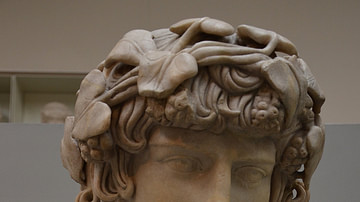
Image
Antinous as Dionysus
Marble bust of Antinous as Dionysus, from Rome, 130-140 CE. (British Museum)
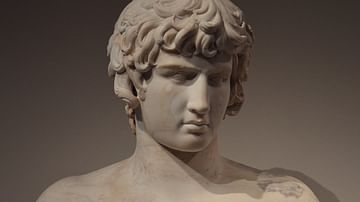
Image
Antinous, Altes Museum
Bust of Antinous, 130-140 CE, from Rome. (Altes Museum, Berlin)
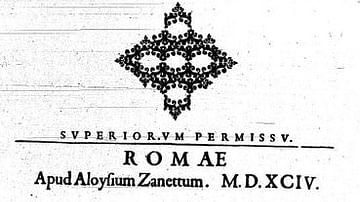
Image
Diogenes Laërtius: Lives and Opinions of Eminent Philosophers
Title page from 1594 edition of Diogenes Laërtius' "Lives and Opinions of Eminent Philosophers."
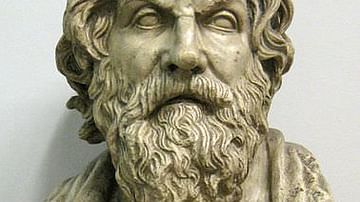
Image
Antisthenes Bust
Bust of Antisthenes from the Pushkin Museum, Moscow
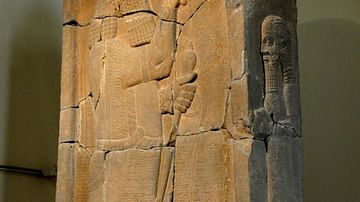
Image
Sam'al Stele of King Esarhaddon
This commemorative basalt stele depicts the Assyrian king Esarhaddon worshiping gods and symbols of gods. The king's left hand holds a royal mace and two ropes. These ropes pass through the lips of two captives. The kneeling smaller figure...

Image
Boudhanath Stupa
A major Buddhist stupa located in Boudhanath, roughly 11 km from Kathmandu, Nepal. This stupa is one of the largest Stupas in the world, built on an ancient trade route linking Tibet with the Kathmandu Valley.
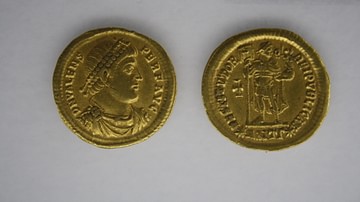
Image
Valens Gold Solidus
Two gold solidus coins depicting Roman emperor Valens, r. 364-378 BCE. Provenance: north-west France. (Vannes Archaeological Museum, France)